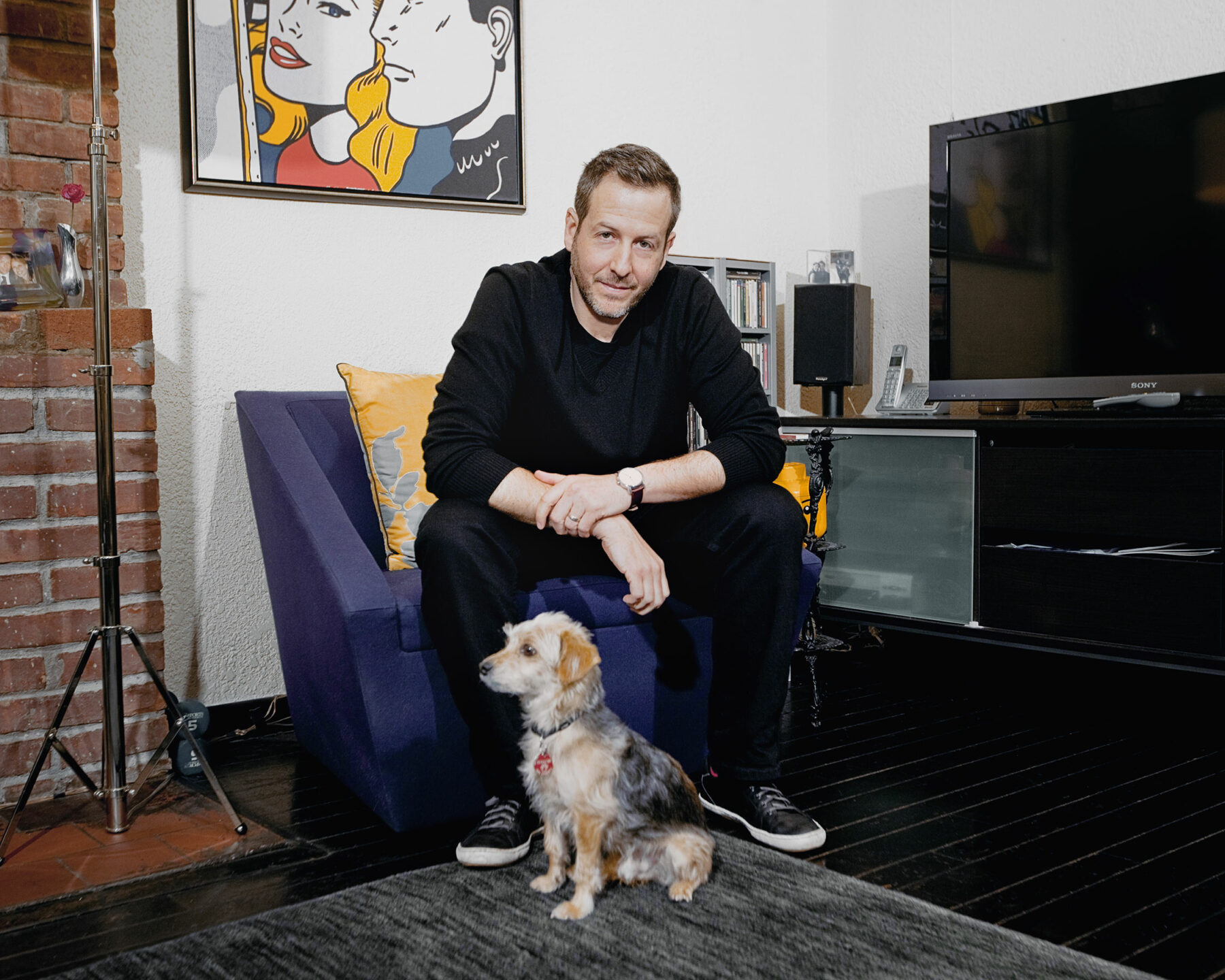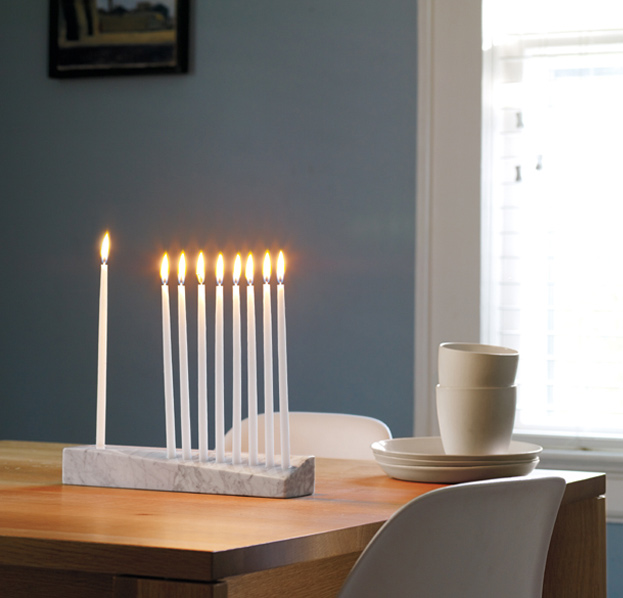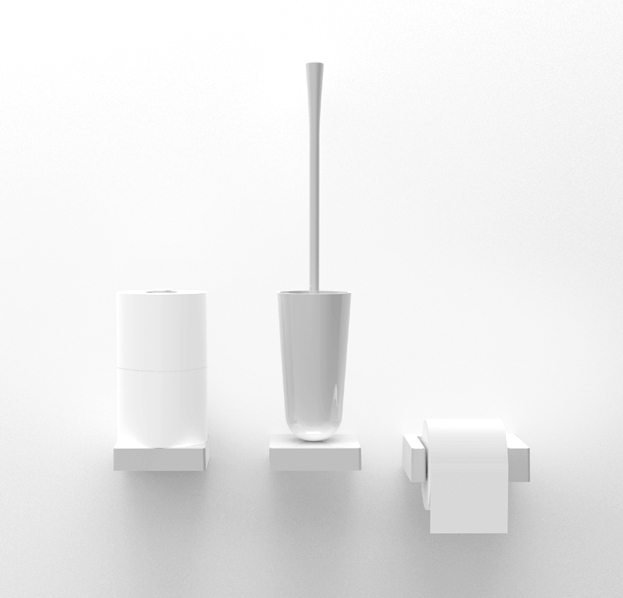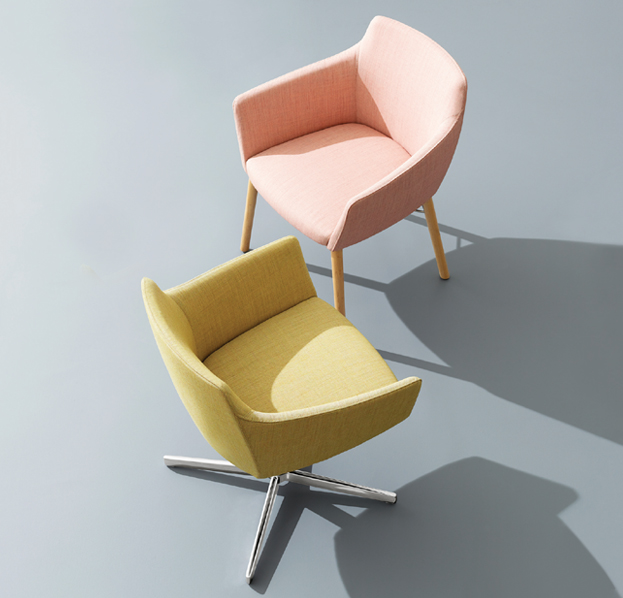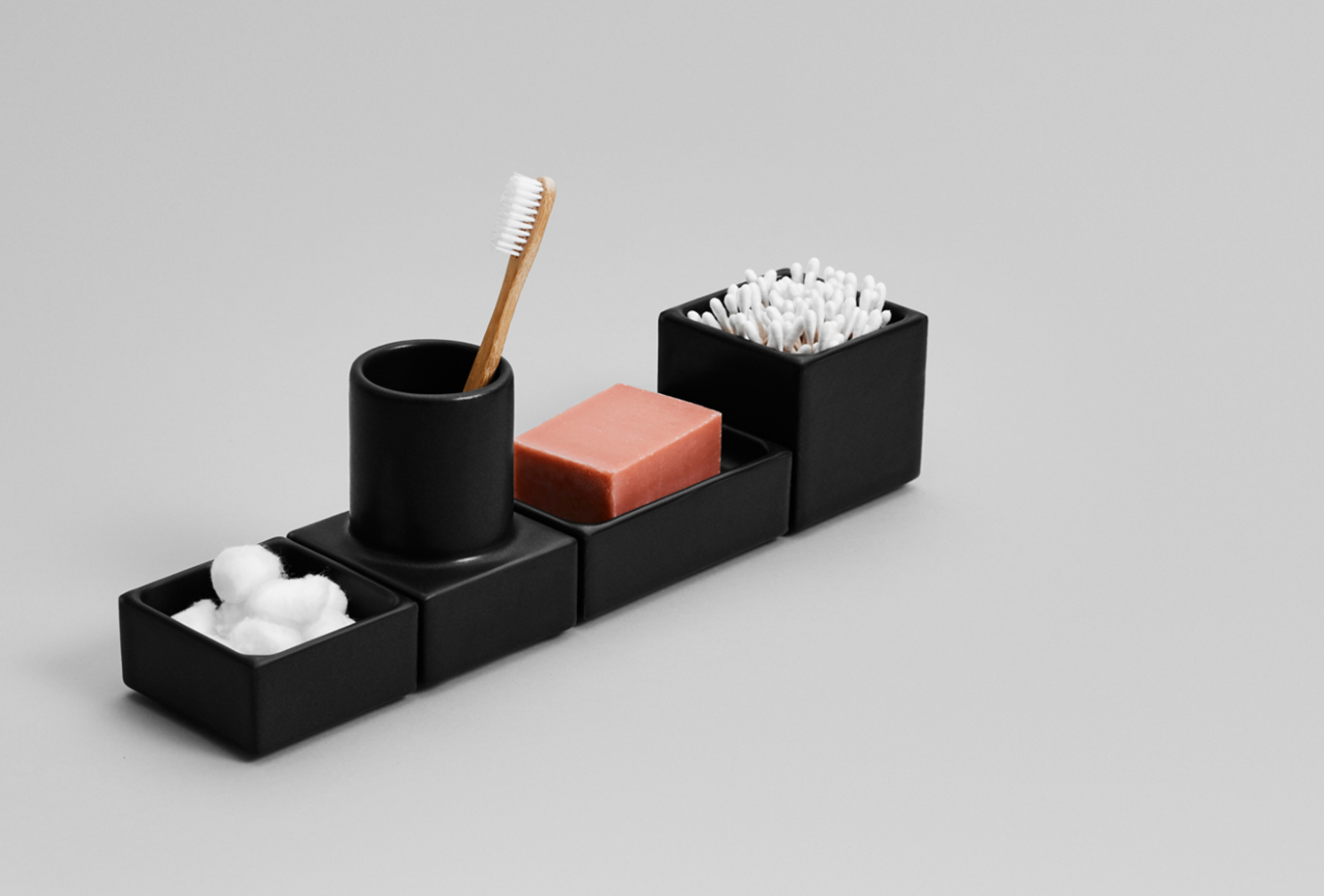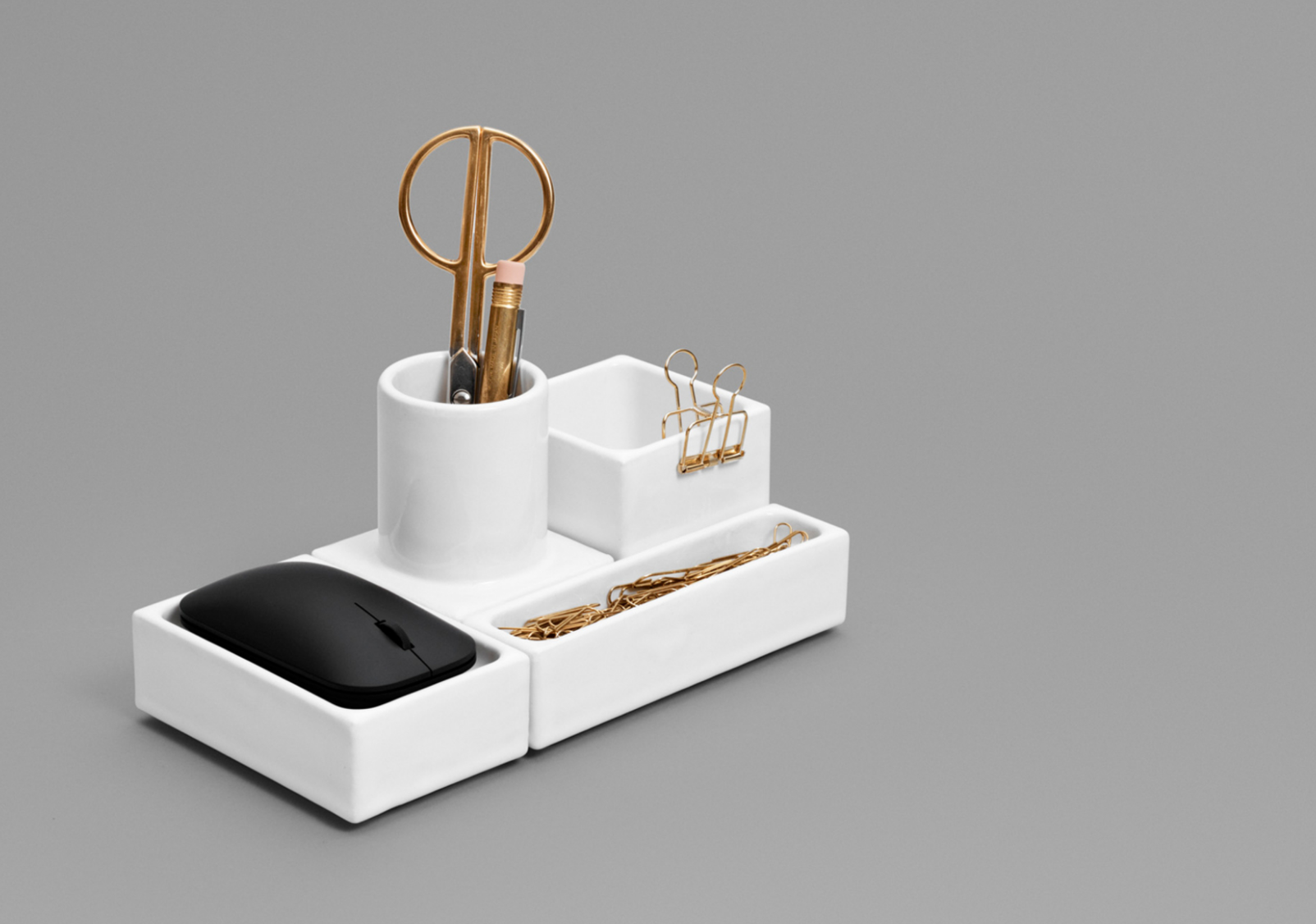By all appearances, Brad Ascalon’s Upper Manhattan home design studio should belong to a musician. A trio of guitars and a solitary ukulele line the walls; opposite his desk sits a modest keyboard.
It’s music that helps the multidisciplinary designer unkink knotty design problems. And judging from the design briefs tacked to the wall—both old and new, ranging from clients like L’Oreal to Design Within Reach—the need for astute problem-solving must arise often.
“There’s not much difference between music and art and design,” Brad says after a short stroll along the East River. His dog, Charlie Parker, trots by his side. “They all come from the same place. They resolve themselves in the same ways.”
Moments later, he plays a tune by his favorite composer (and design inspiration), Philip Glass. His fingers fly across the keys, and briefly, the rest of the world feels far away.
Brad designed the simple and elegant Univers Series of products for the forward thinking brand OTHR, a vibrant hub for unique ideas and new possibilities in design.This portrait is part of our ongoing collaboration with OTHR, as we profile their international roster of designers. Visit OTHR for more on this story and see the beautiful designs they’ve curated.
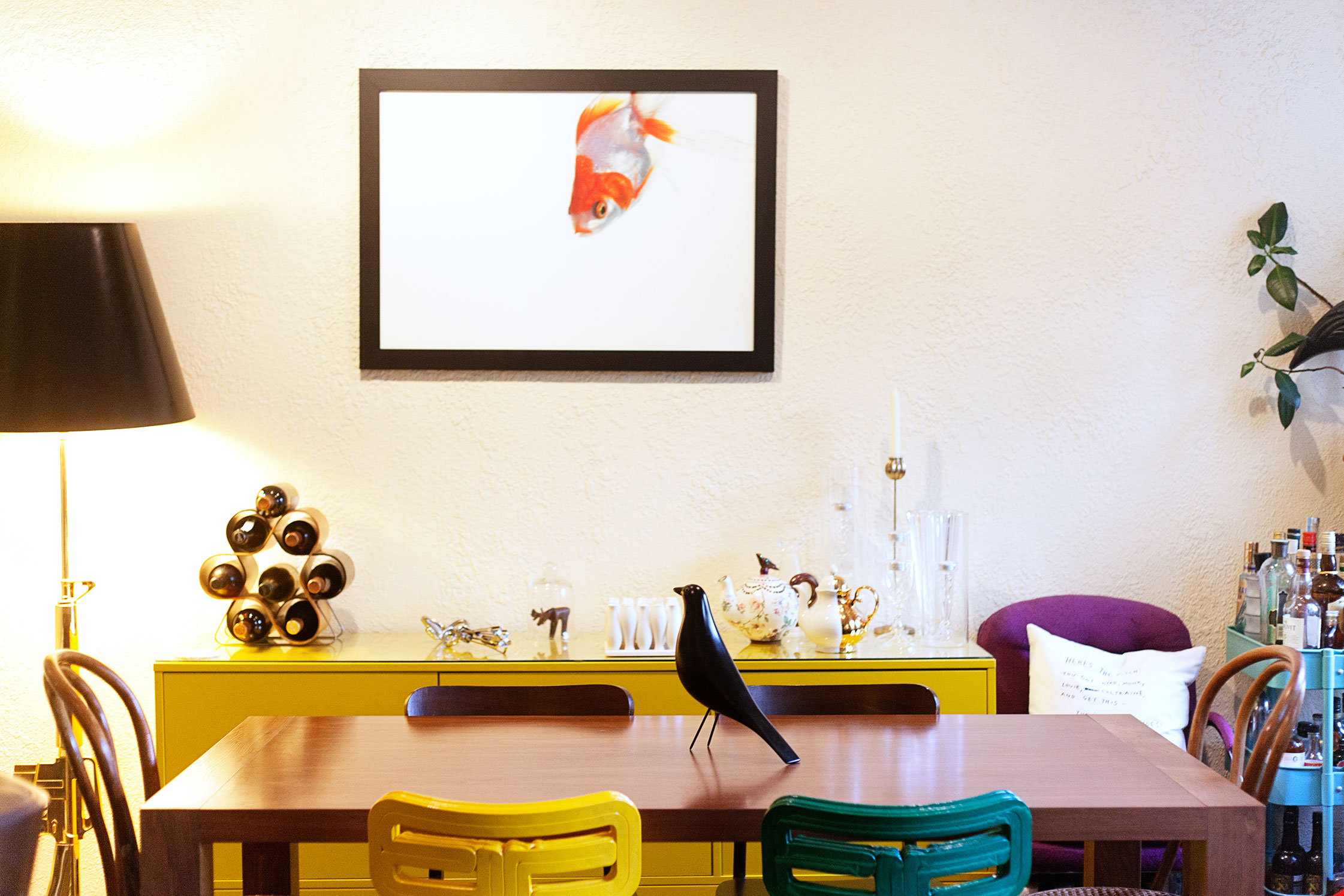
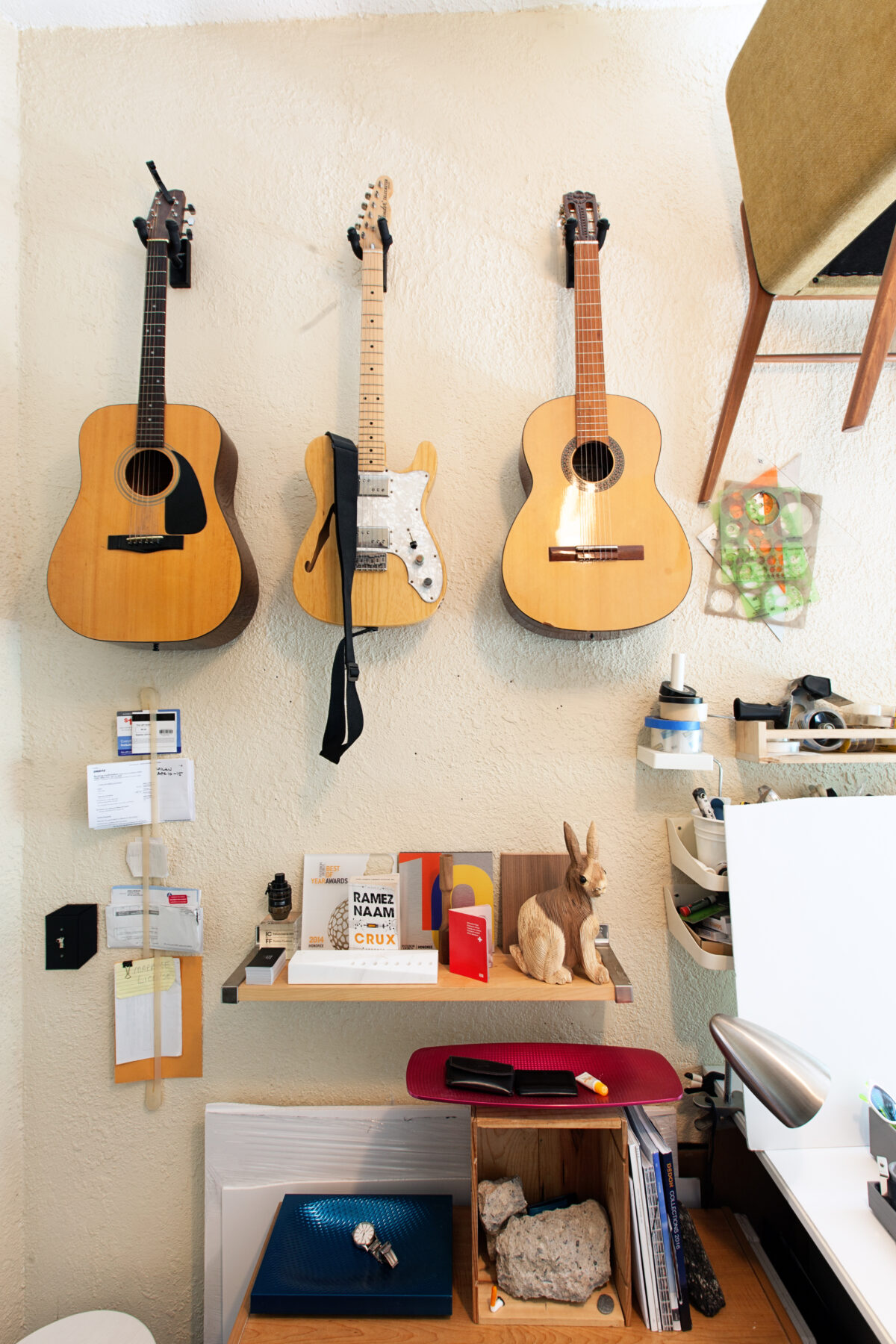
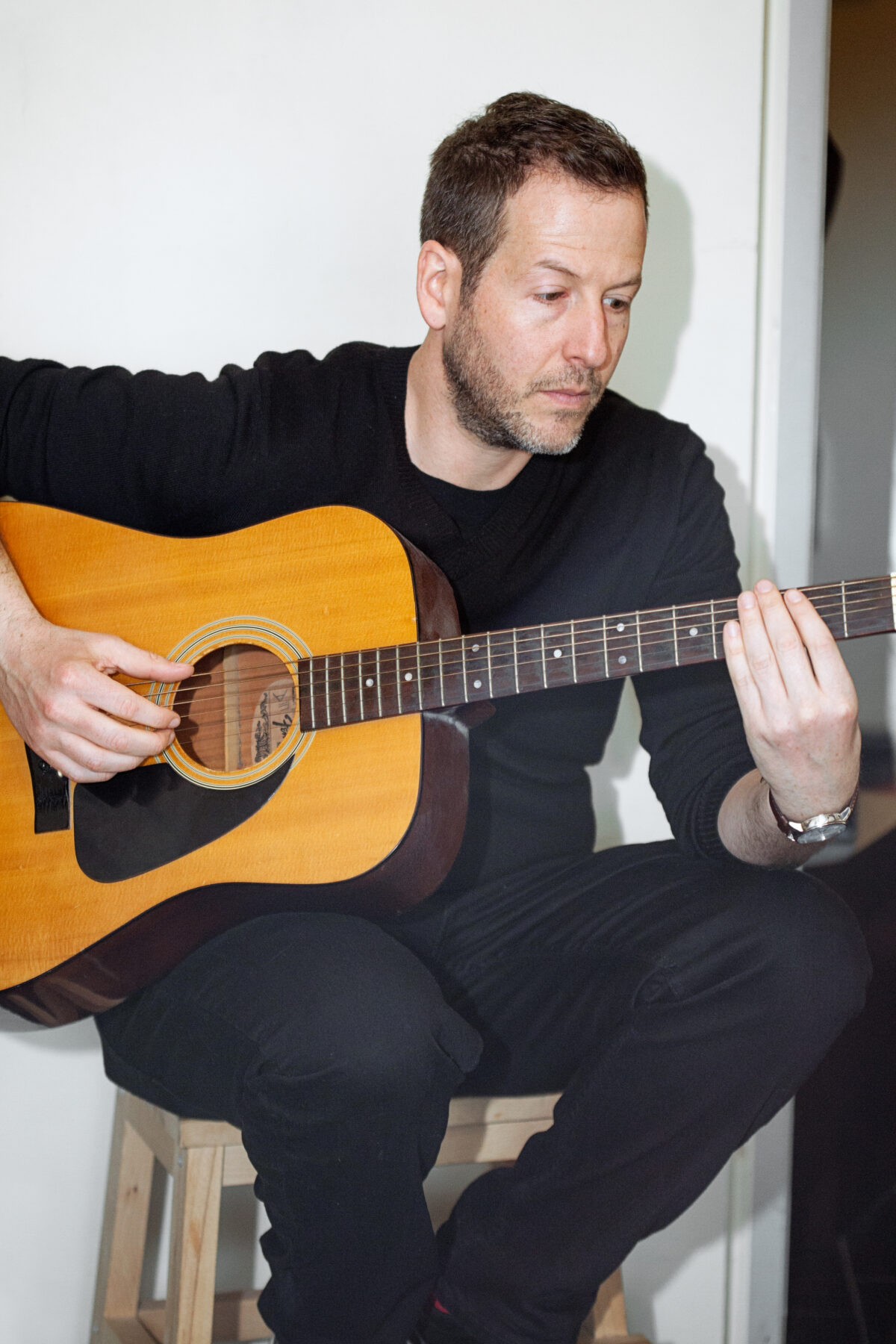
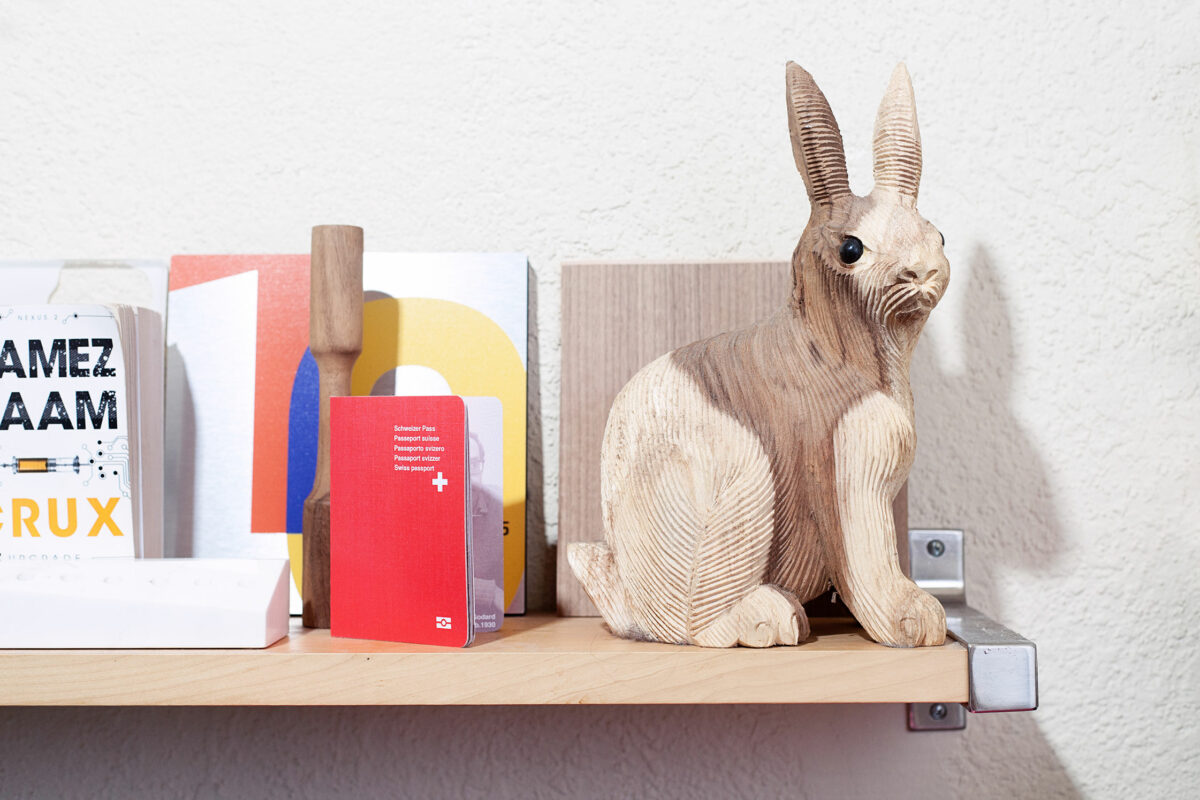
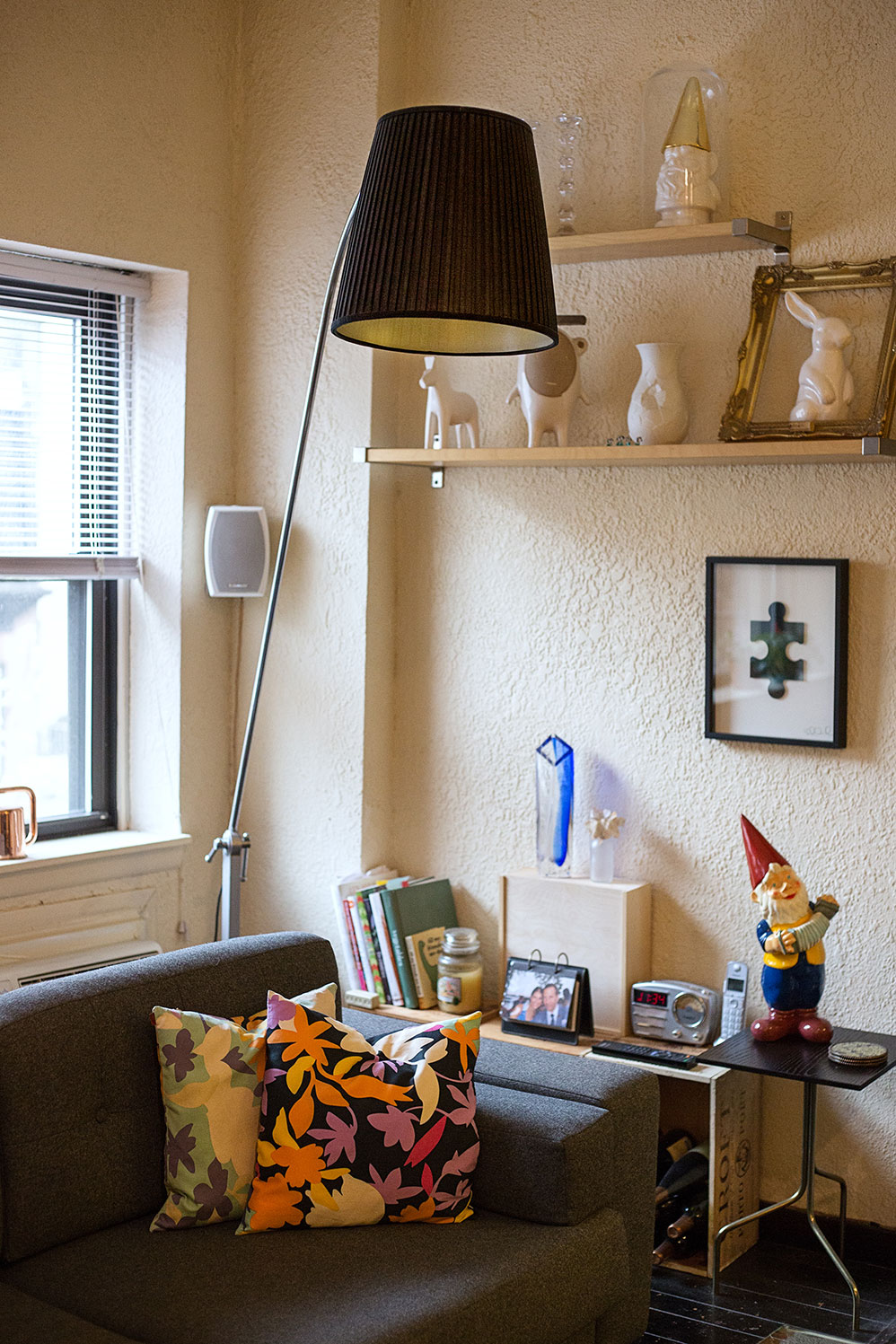
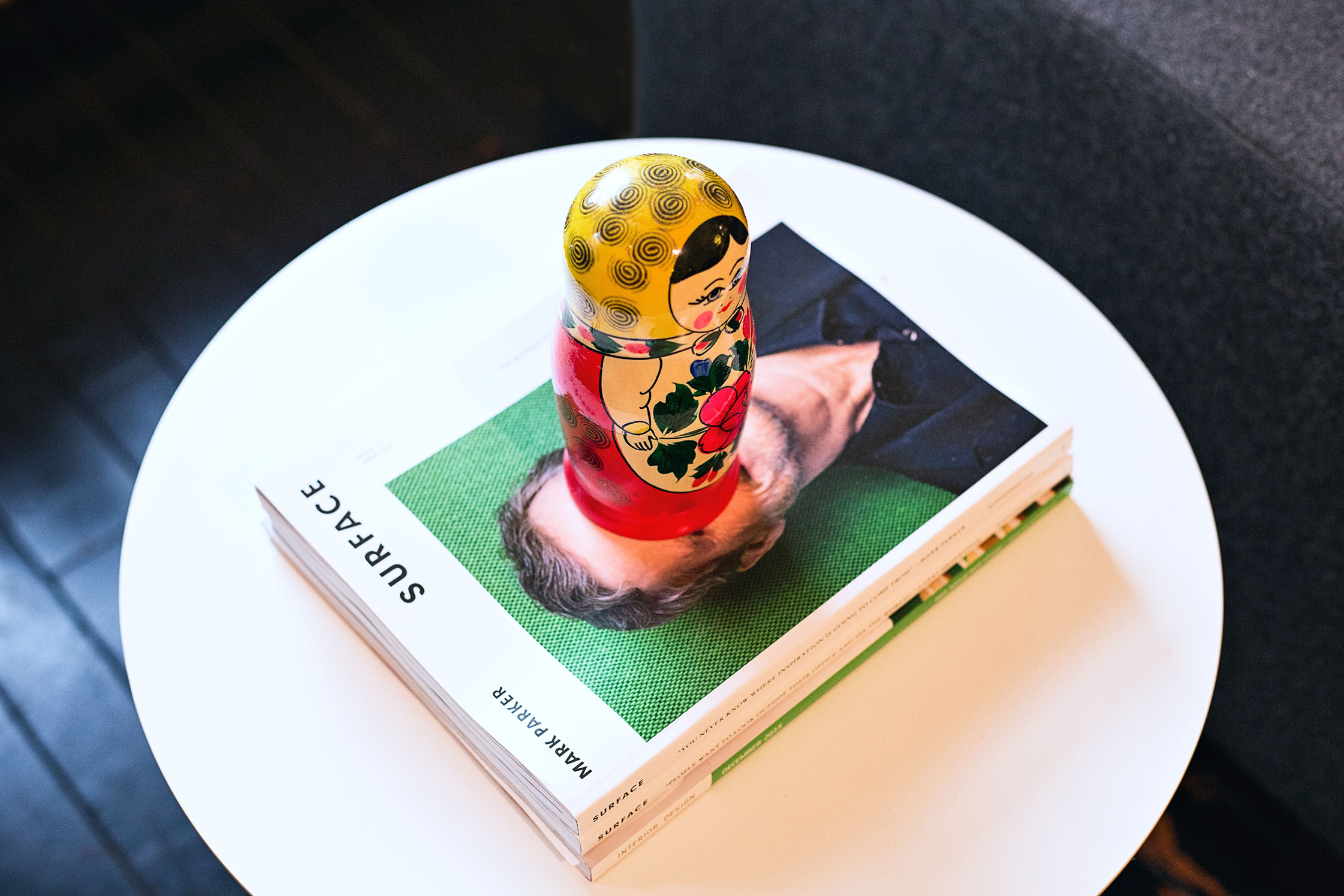
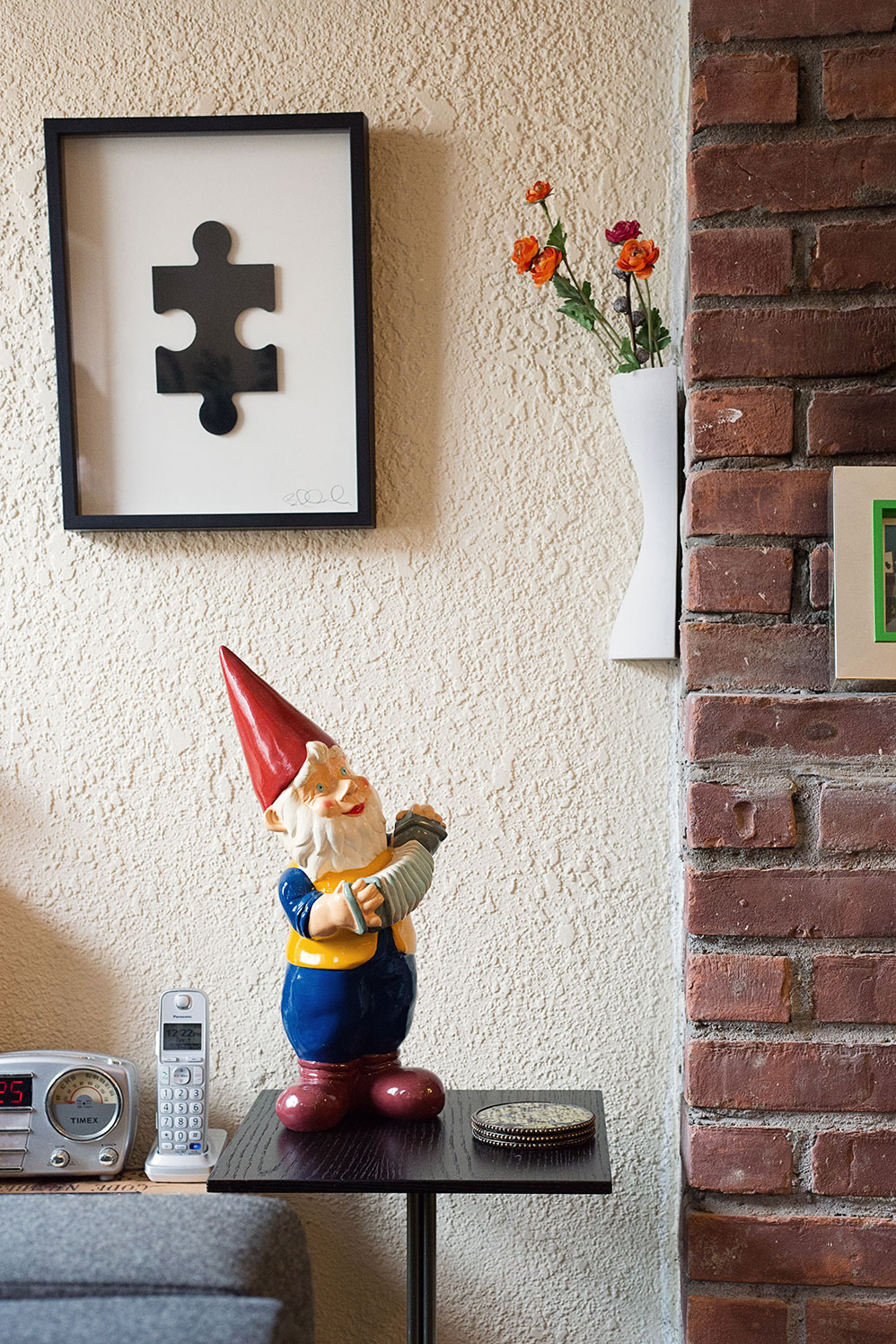
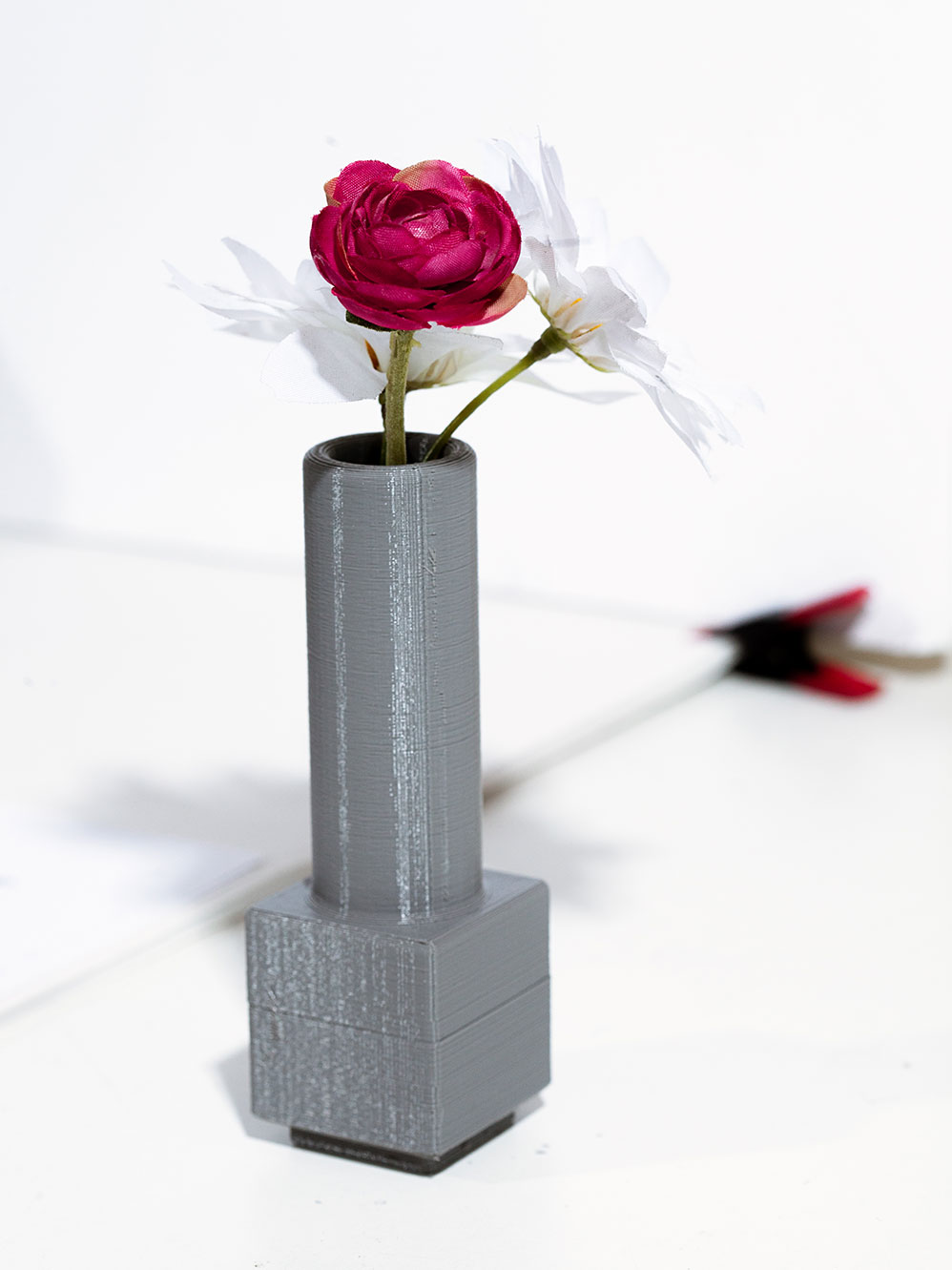
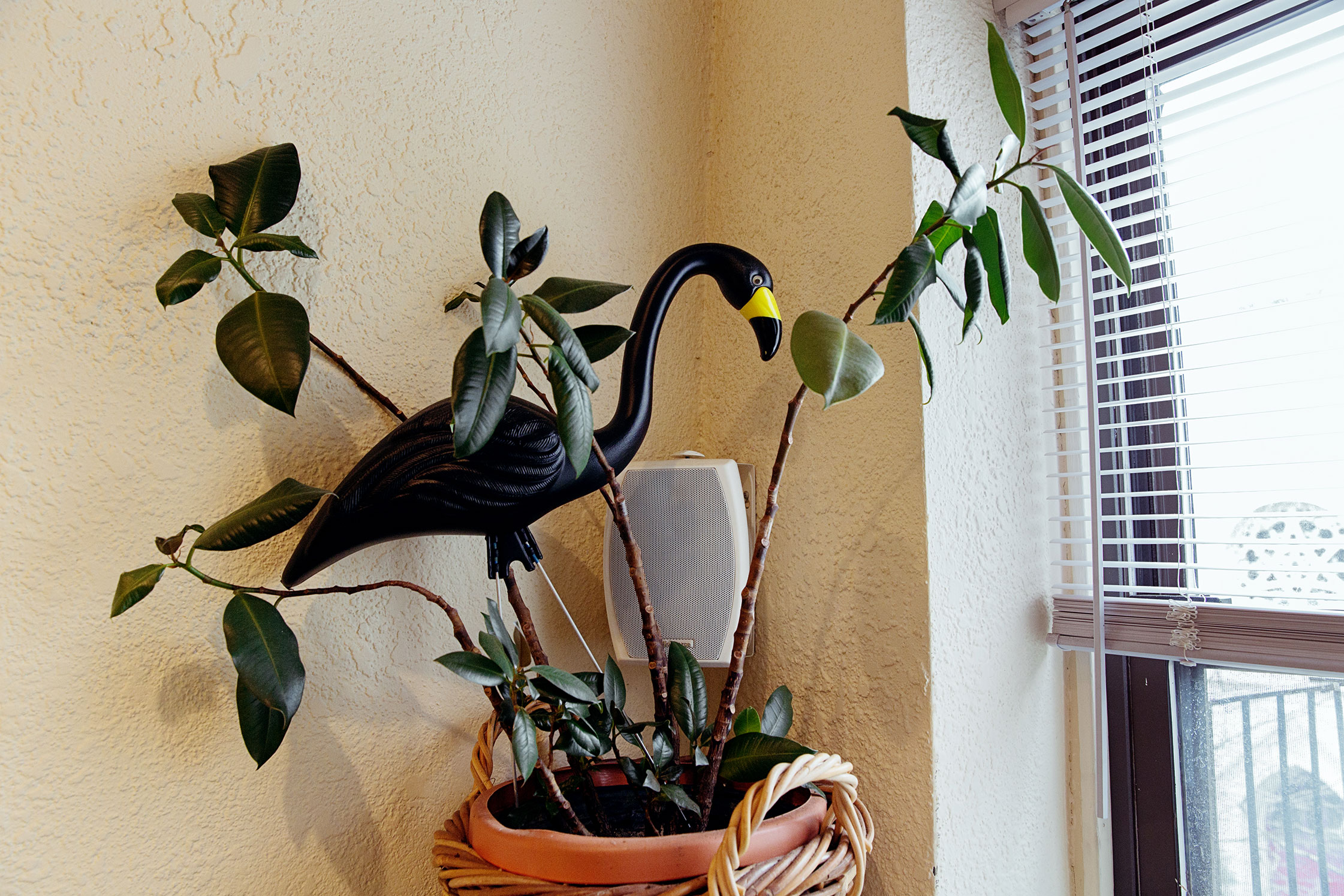
“Everything we use on a regular basis starts somewhere, and that somewhere is the design of it.”
-
Your grandfather and your father are both artists and designers. How has coming from a lineage like that influenced your work?
My grandfather was a sculptor and industrial designer who is considered by many to be the father of Israeli art deco. He had a small decorative arts company in the ’30s and ’40s that created religious objects but also secular ones. My father took it a different direction with large scale art: stained glass, mosaic, sculpture. I took it my own direction, as well, by going into product design. I’ve always had an appreciation for craftmanship, materials and longevity. Everything that they’ve ever done wasn’t trend driven; it was permanent. That’s a huge factor in choosing how and what I design.
-
What drove you to dabble in other fields—namely music and advertising—before landing in design?
I was in advertising out of college as an account coordinator for Broadway shows. I thought that would be a segue into the music industry and it wasn’t. But I made my way into the industry, working for Atlantic Records in the marketing department. That was an awesome job, but then my division—which focused on alternative genres of music like classical, avant-garde, jazz, electronic, the non-money makers—was let go. That’s when I decided to leave the industry.
-
How did that experience lead you to become a designer?
I had a heart-to-heart with my father. He always tried to push architecture on me and I never really listened. But as I started looking into architecture schools, I discovered this field of industrial design. The idea that people spend time and energy designing, producing, developing, all these things around us—I started becoming fascinated by that. I loved the notion that this field we take for granted is everything. Everything we use on a regular basis starts somewhere, and that somewhere is the design of it. So I decided to study industrial design at Pratt.
-
Did you think you’d be a designer when you were a kid?
Not at all. The reason I went into advertising is I wanted to be a copywriter. Even before advertising, I wanted to write music. I had a band in college. We recorded a couple of albums, wanted to be big rockstars. Our biggest show was opening for Chicago.
“When I get a design brief, if I don’t feel a little scared then it’s not worth doing.”
-
What was your first job out of design school?
I was very fortunate. When I finished school, I started putting a portfolio together, wondering what the hell I was going to do. Because I came from the corporate world, I knew that I wanted to have my own studio, but that’s easier said than done. So as I started putting this portfolio together, my phone rings and it’s this guy Robert Bergman who was the creative director of special projects at L’Oreal. He told me he saw some of my design concepts online, and for the next 18 months, I was designing for a number of brands under the L’Oreal umbrella. I was very fortunate in having that steamroll my studio because it kept me busy and paid the bills when I was starting to go out on my own.
-
Aside from craft and materials is there anything else you consider as you design?
My approach to design is: I’m not designing for me. I’m designing for everyone who is going to use the product; I’m designing for the people who are producing it, marketing it, selling it. The process is really a dance: I have to impart their DNA into my own DNA. Then we go back and forth until we find that perfect solution. Design is problem solving. Design is looking at the needs of the marketplace, your customer, your client. It’s developing products that will be successful, increase market share, and will have users think of their products differently.
-
What is one of your career highlights or favorite things you’ve done?
I’m always very excited about the projects I’m working on. When I get that design brief, if I don’t feel a little scared—like I have no idea what I’m going to do or how I’m going to approach it—then it’s not worth doing. I want to learn from every single project I do. I welcome the unknown.
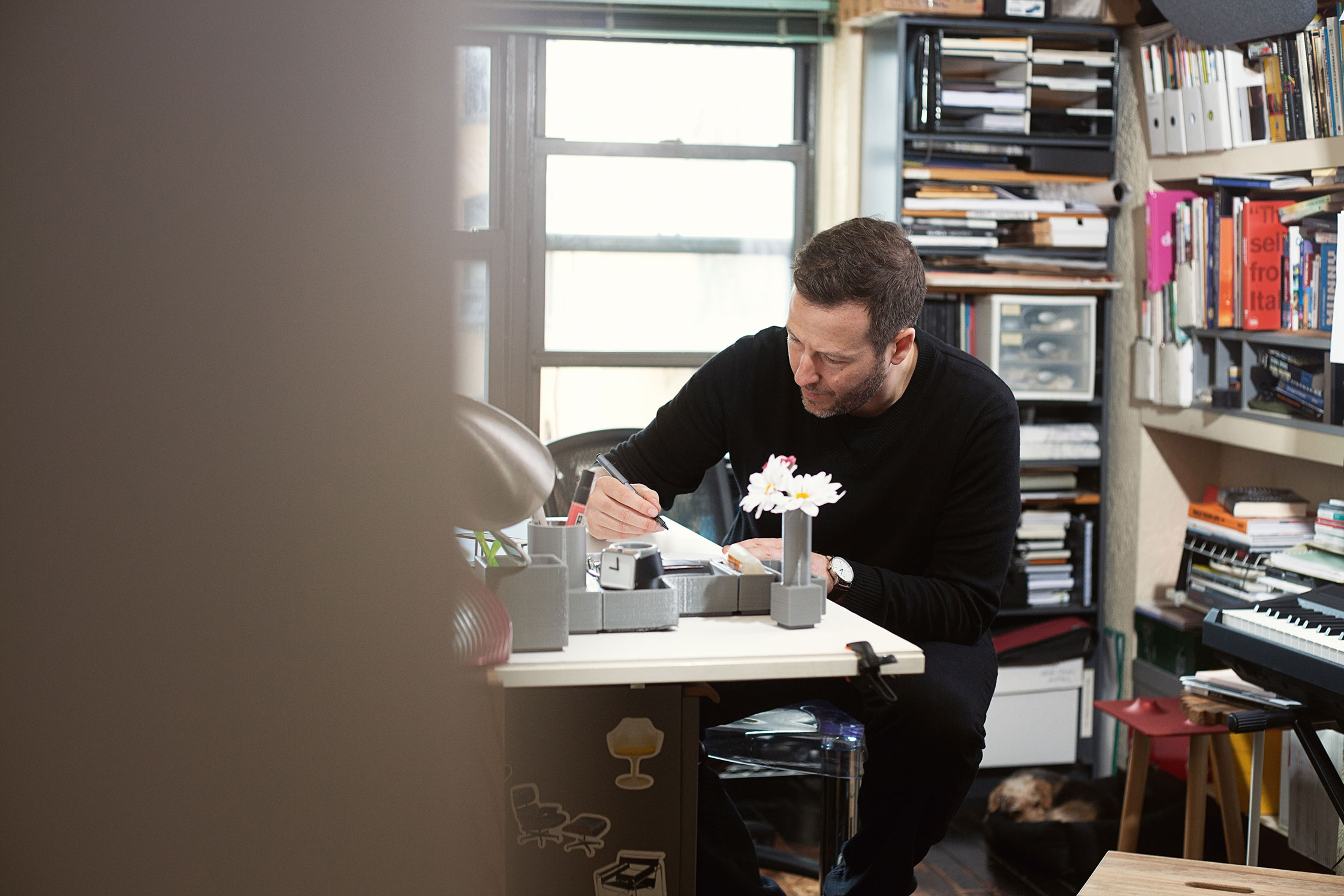
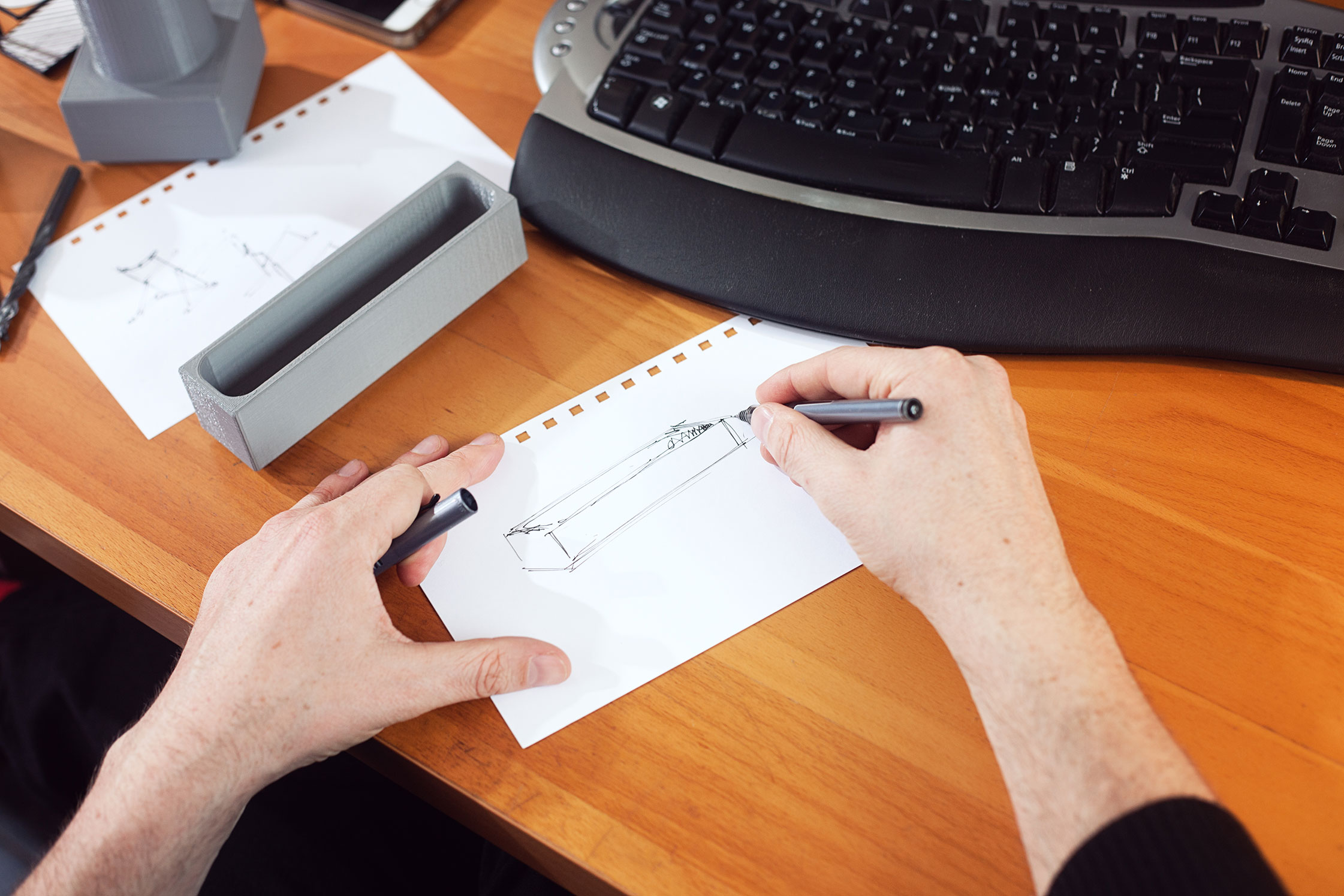
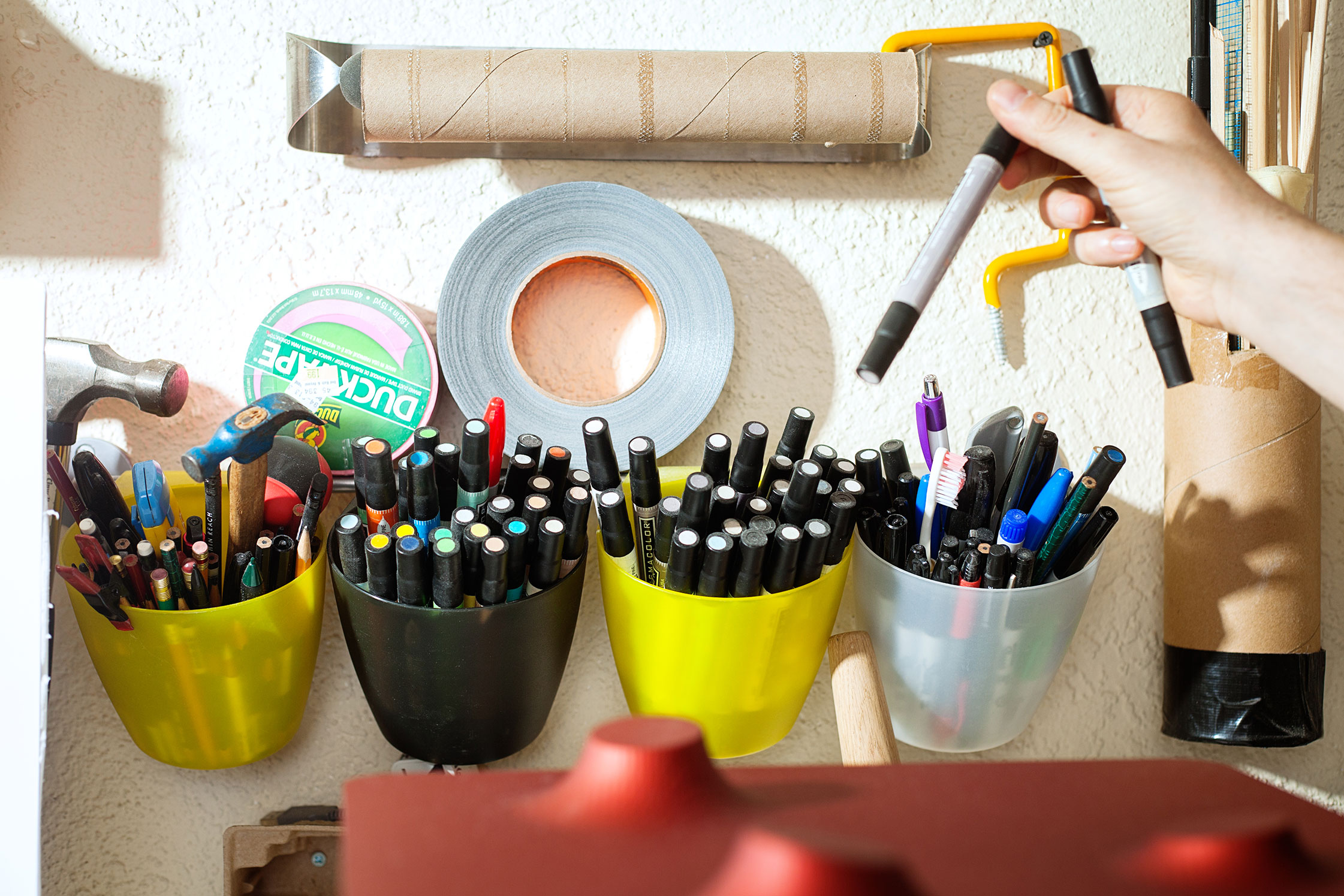

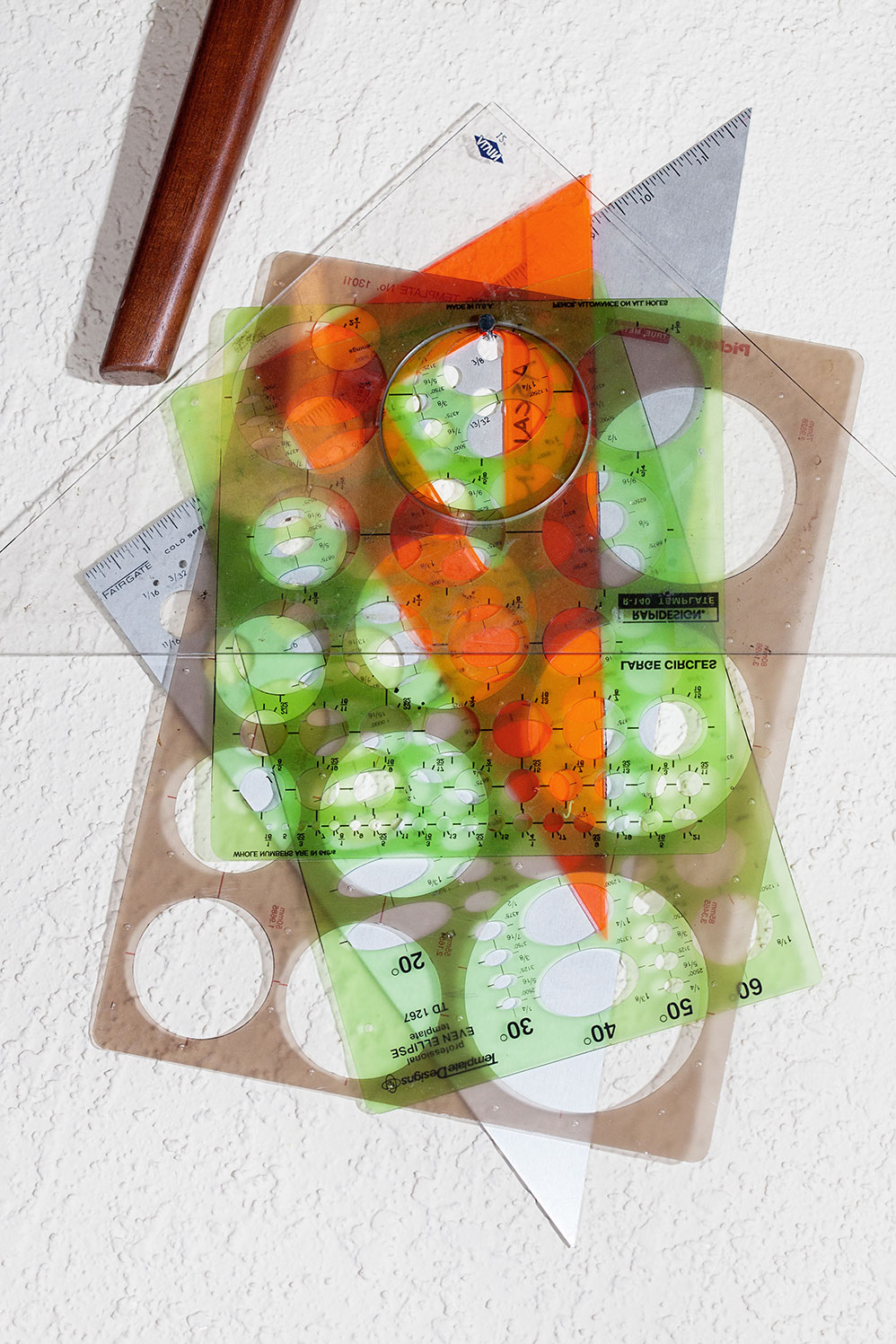
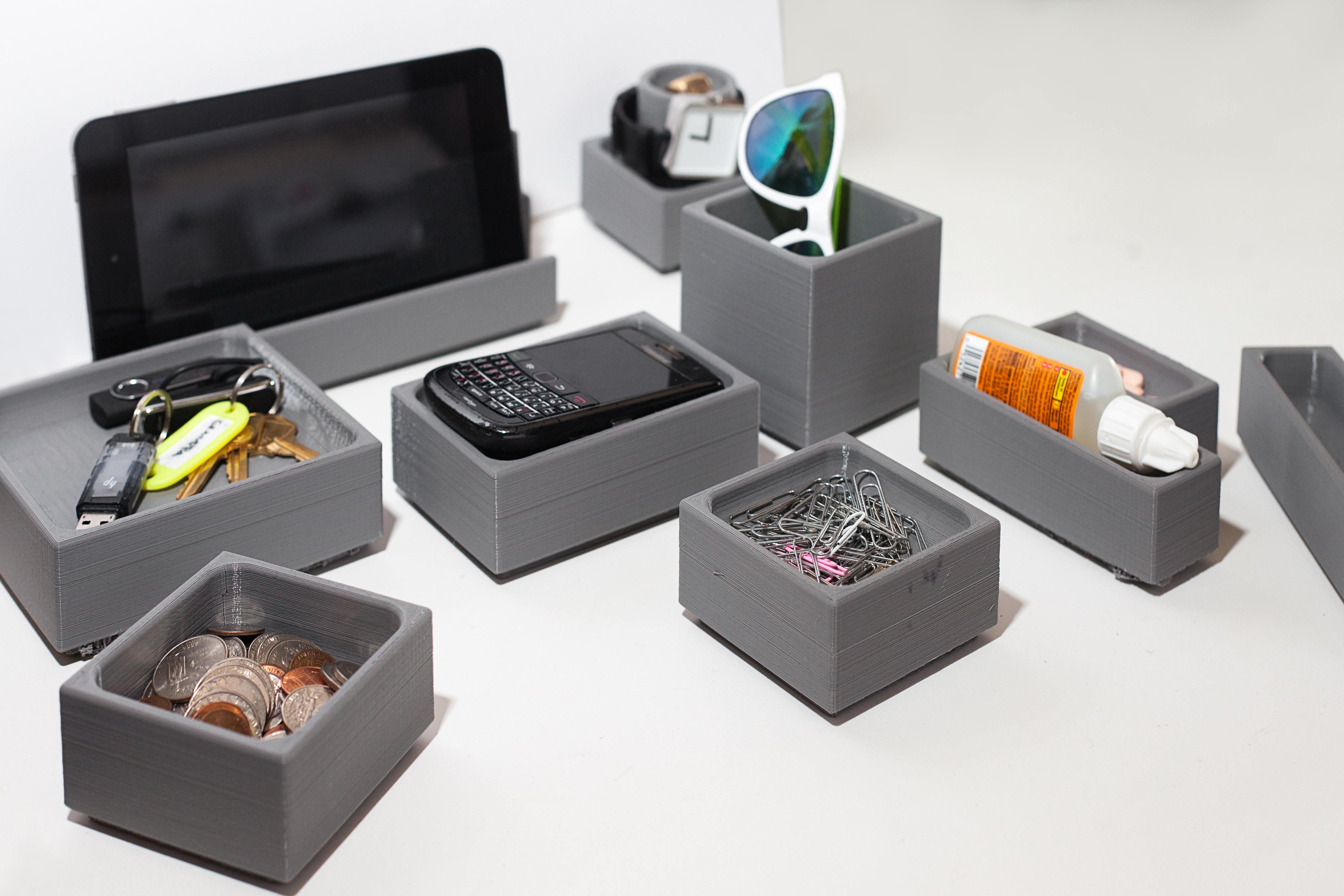
“You will never be successful in a vacuum.”
-
You’re a designer but also a business owner. Do you have any tips or bits of advice you wish you’d had when you started your own studio?
You will never be successful in a vacuum. It takes a village to give a designer a sustainable career and without those people, you’re just another designer trying to make it. There’s a level of talent that’s needed, but it’s the ability to connect with other people that really sets you apart. When you’re young, you just want it all right now. And it takes a long time to realize you’re not going to get it all right now—and if you do, it’s probably not sustainable. So you learn that building those friendships is the more important aspect of what we do. Design comes second.
-
What does a typical work day look like for you?
My wife and I have a routine: she’ll leave for work around 8:30 and that’s when I get out of bed. She walks the dog, Charlie Parker, sends him up the stairs by himself and I’ll get up around 9. I make my coffee, come into my studio, have Skype work calls and I don’t really leave until I have to walk Charlie around 2.
-
How do you keep distractions at bay in a home studio?
I love what I do so much. I’d rather be working than not, so that’s the easiest way to not be distracted. I like my home studio. I never have to jump on the train at 2AM to get back from—or if an idea is screaming at me, to get to—my studio.
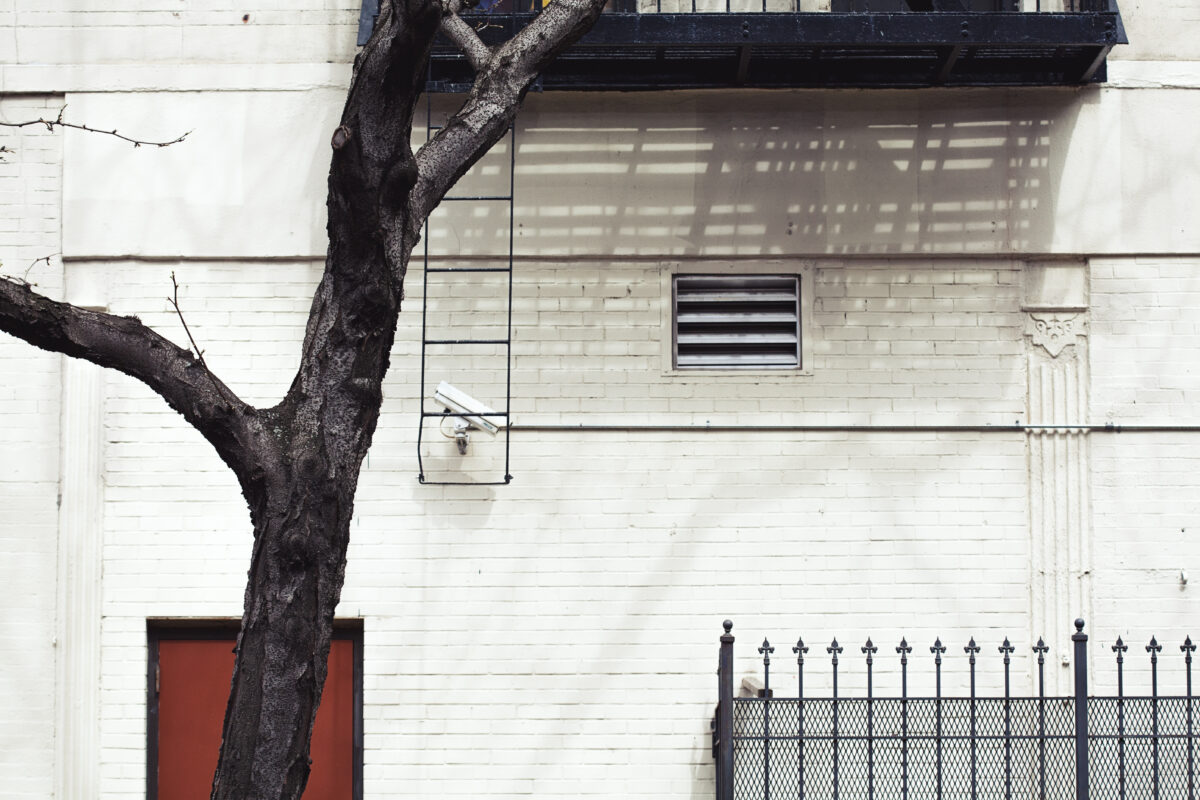
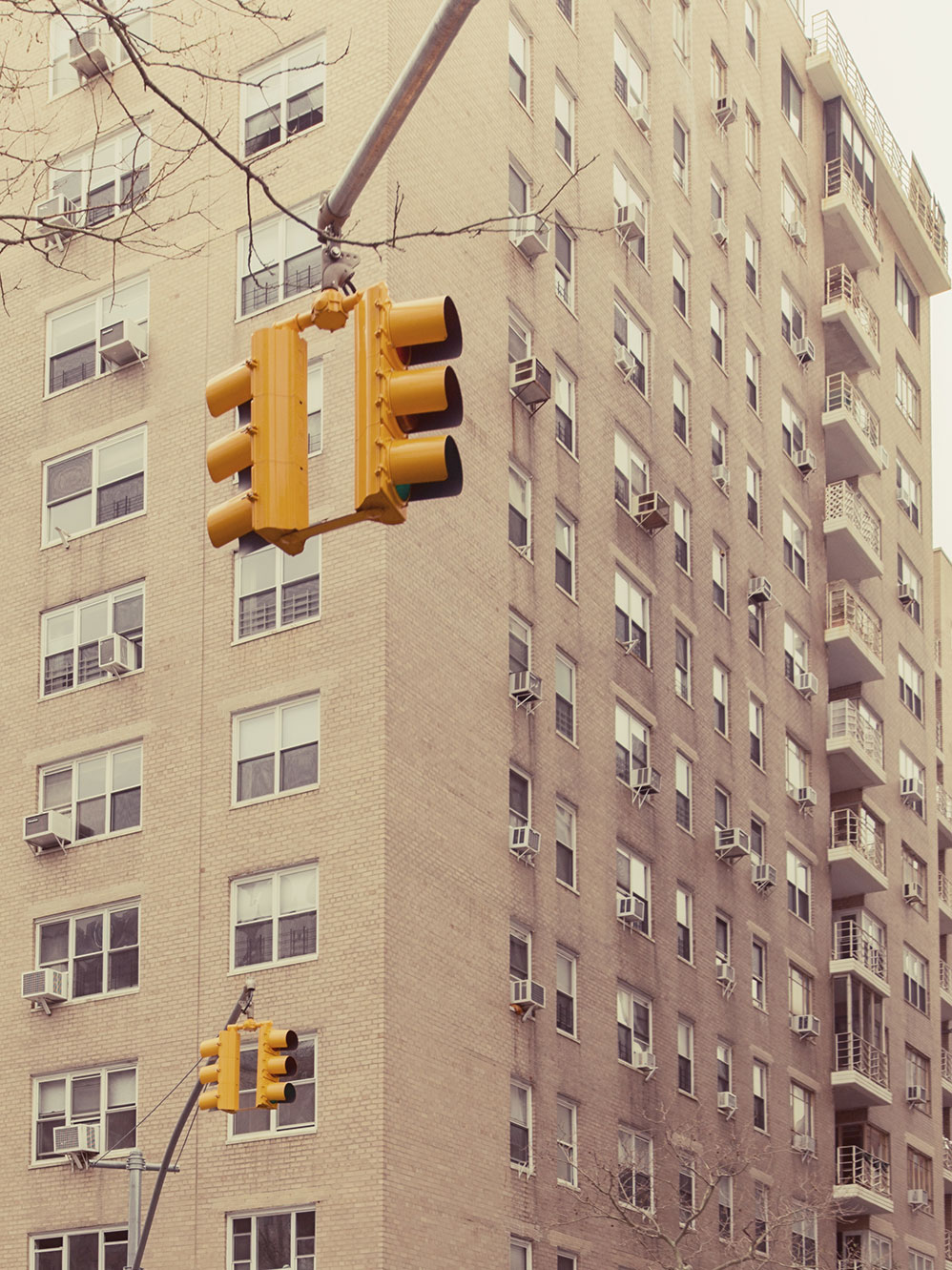
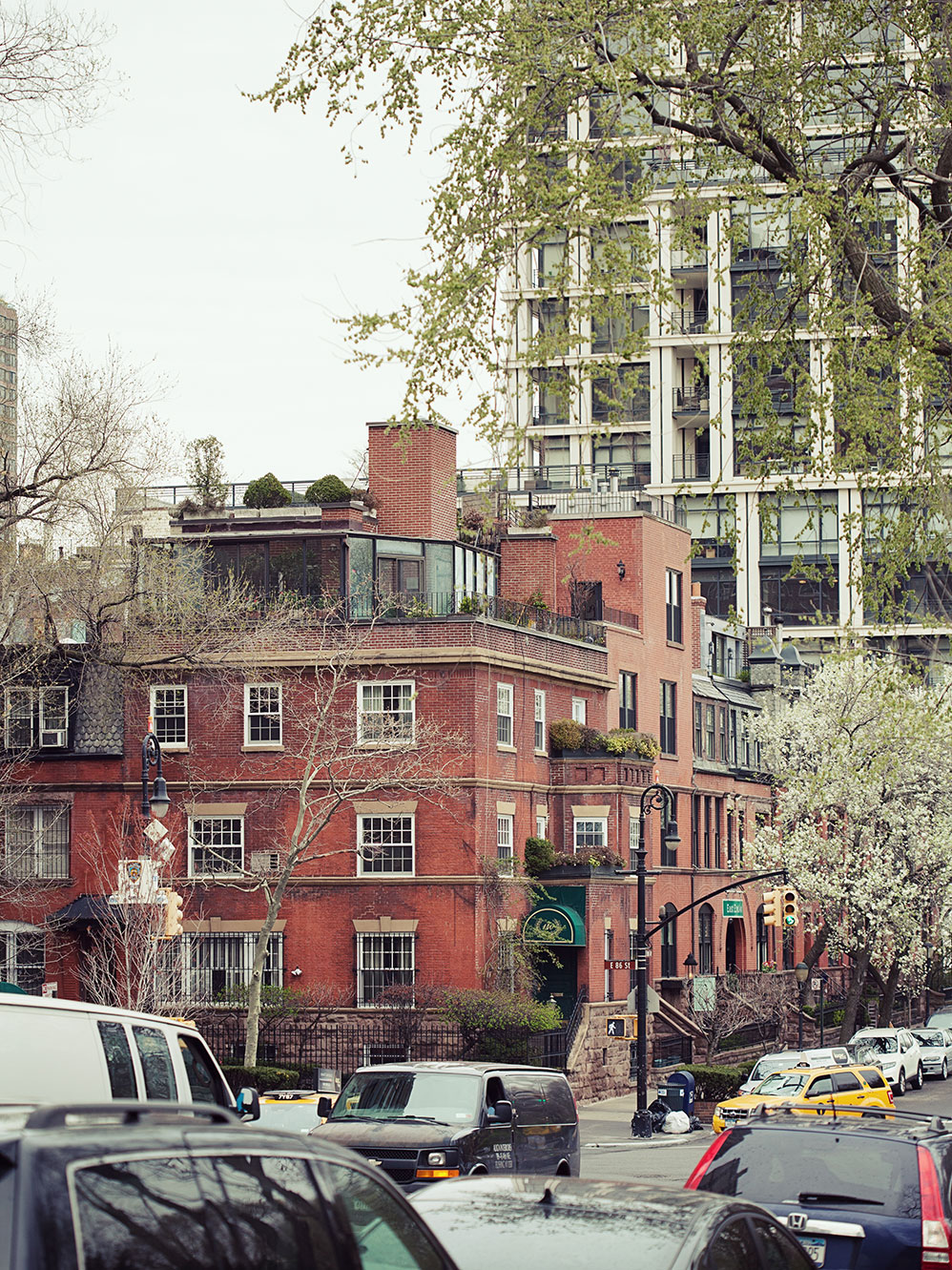
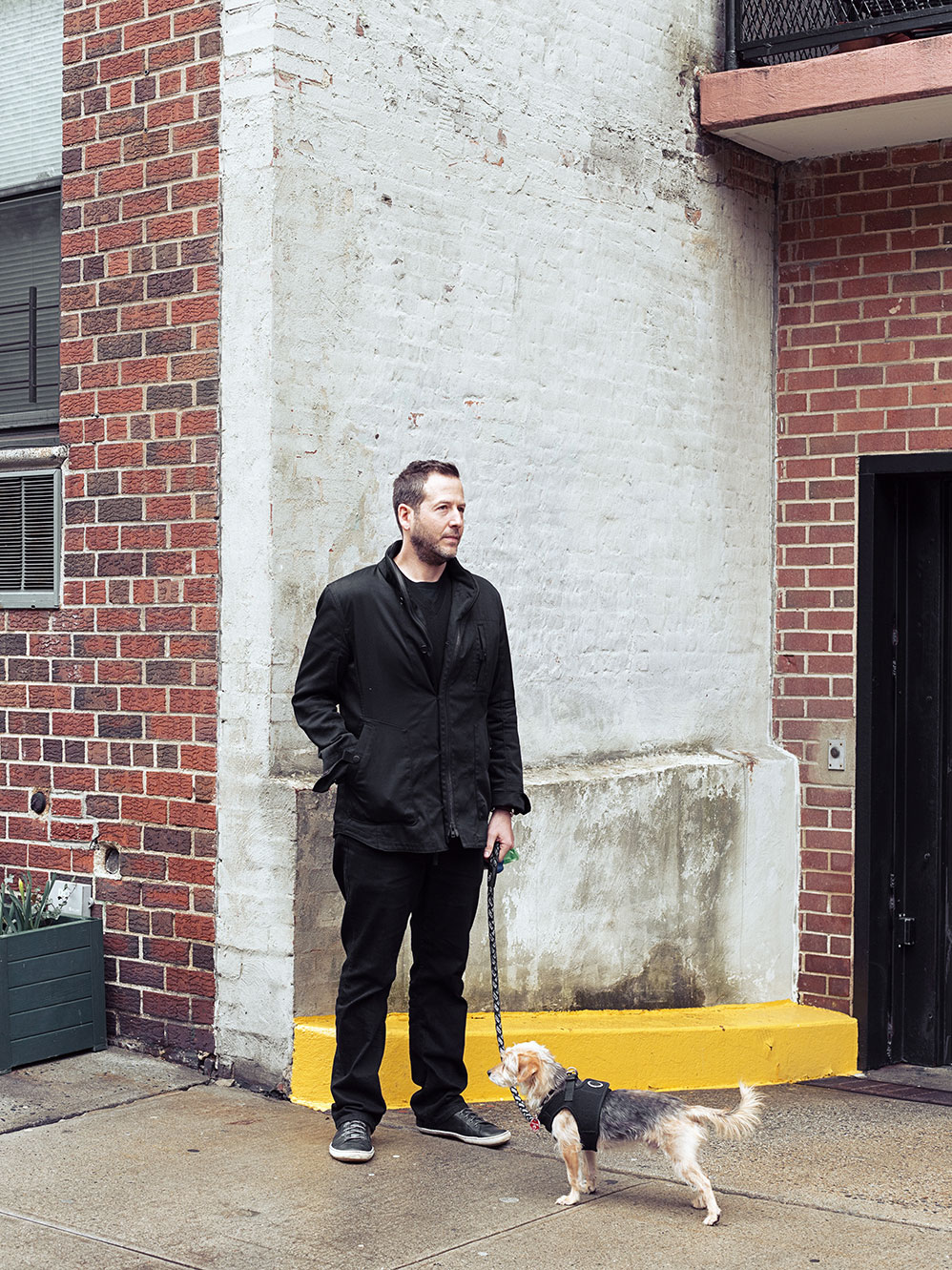
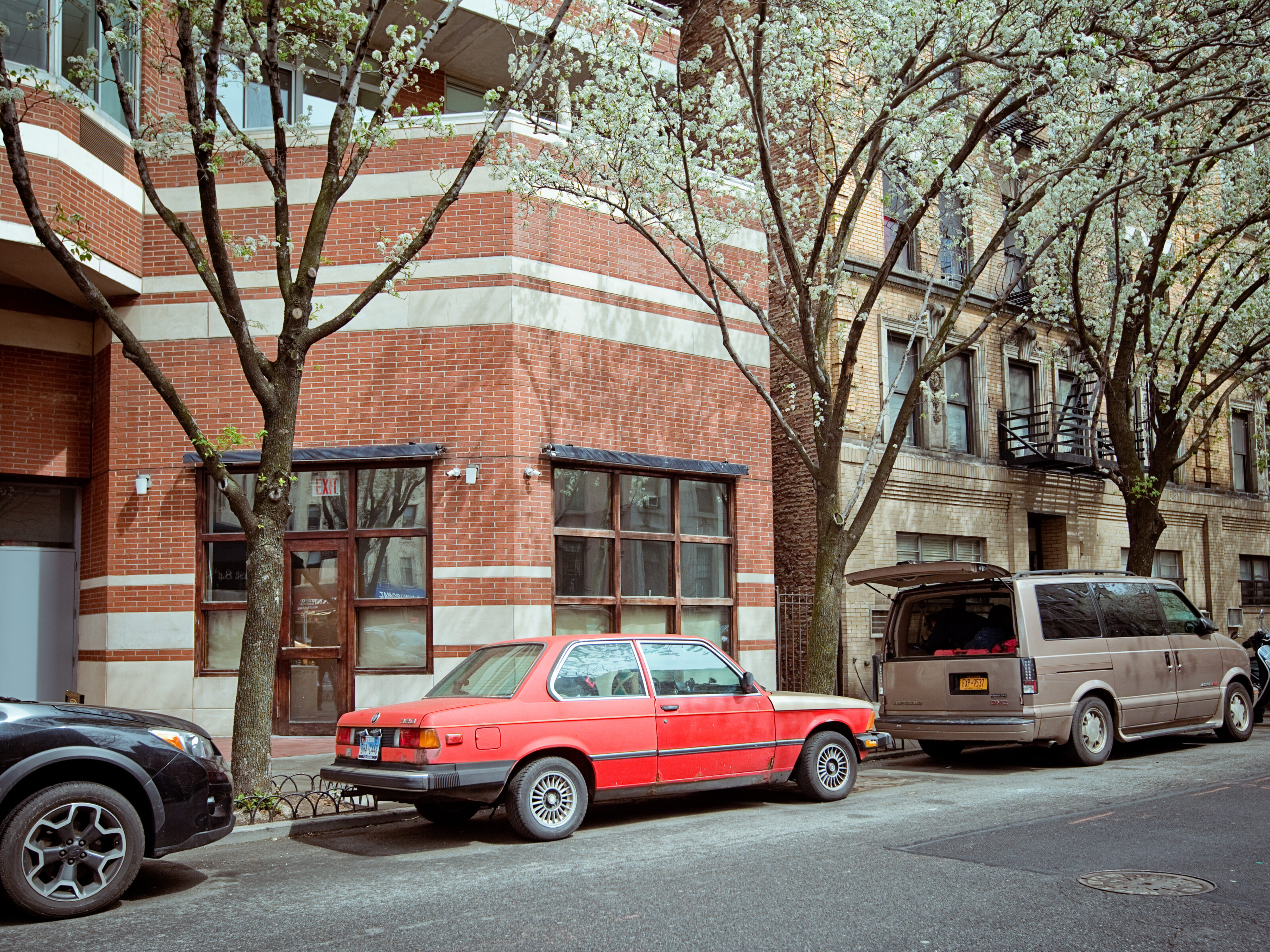
“There’s not much difference between music and art and design. They all come from the same place.”
-
Aside from music, what do you enjoy in your downtime?
Once a year, I go wine tasting with two of my friends from home. In 2009, we went to a vineyard called Osprey’s Dominion and fell in love with this bottle of 2005 Cabernet Franc. The problem was there was very little left. But the manager sold me two cases even though they weren’t really selling to the public anymore.
I made a rule that every time I had a new launch with a new company I was really excited about, I would pop open a bottle and invite people who were part of it or close friends to pop it open. Then I’d write the date, the client and the project or product name and I would keep the corks above my desk. They’re in no particular order but there are twelve bottles in a case and we’ve run through eleven. I’ve had more projects than that but these were the ones I was really excited about. -
Where in your neighborhood do you enjoy spending time?
I love going to Carl Schurz park with the dog, right on the river. There’s also a little place, Café Jax, that opened up a couple of years ago, and a great little wine bar on 78th Street called Heidi’s House that fits about eight people. It’s always packed. But I’m also really into making cocktails at home.
-
What’s your signature drink?
Recently it’s the Sazerac.
-
To close: who’s your biggest design influence?
The composer Philip Glass. He’s called a minimalist but I don’t see his work as minimal. I see his work the same way as I see my design work: it’s reductionist, or only what’s necessary, but still melodic, still emotional. It’s extremely complex and mathematical.
I started listening to him when I was in college. All of a sudden, it clicked—I realized that there’s not much difference between music and art and design. They all come from the same place. They resolve themselves in the same ways. Whether I’m playing the piano, or designing, or painting, even cooking, I’m doing the same thing: it’s balance, it’s texture, it’s knowing when you’re done and when it’s right.
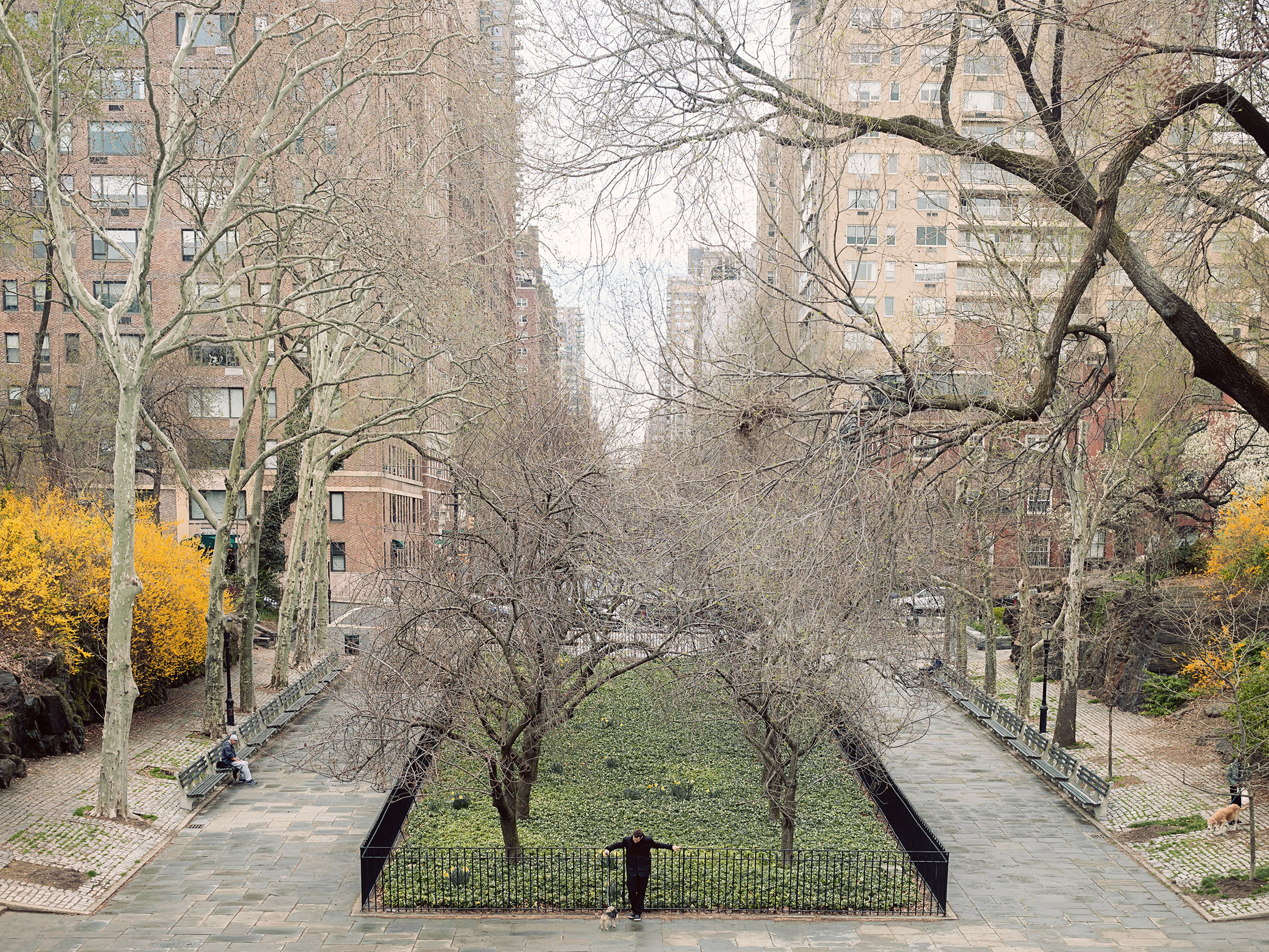
Thank you, Brad, for your time and thought. Find more about Brad’s work on his website.
Visit our archive to meet more inspiring personalities from New York.
Brad designed the simple and elegant Univers Series of products for the forward thinking brand OTHR, a vibrant hub for unique ideas and new possibilities in design.This portrait is part of our ongoing collaboration with OTHR, as we profile their international roster of designers. Visit OTHR for more on this story and see the beautiful designs they’ve curated.
Interview and Text: Alexis Cheung
Photography: James Chororos
